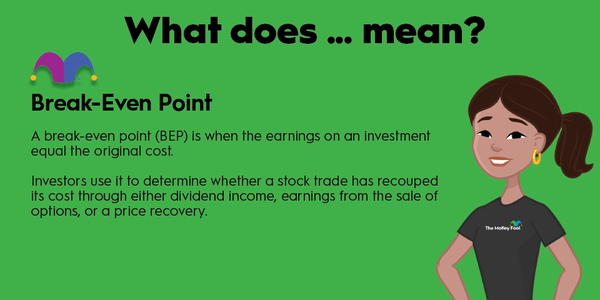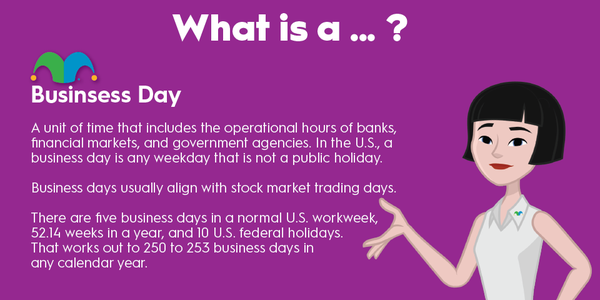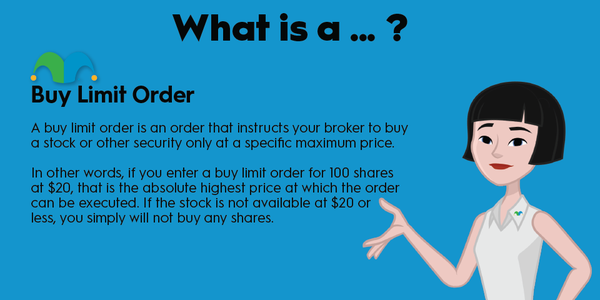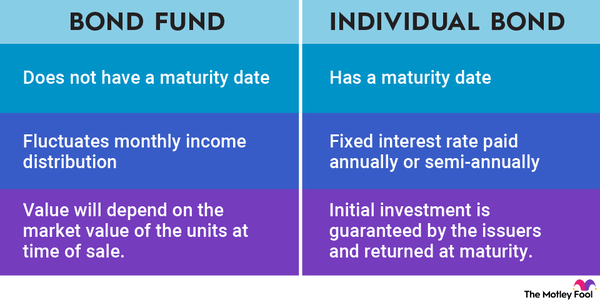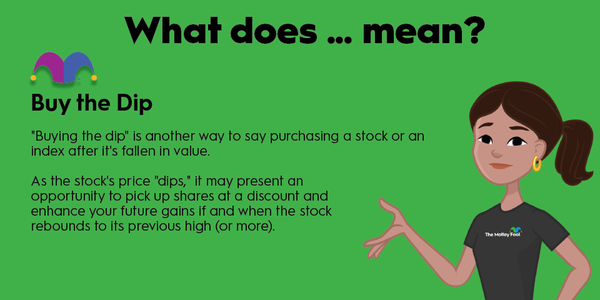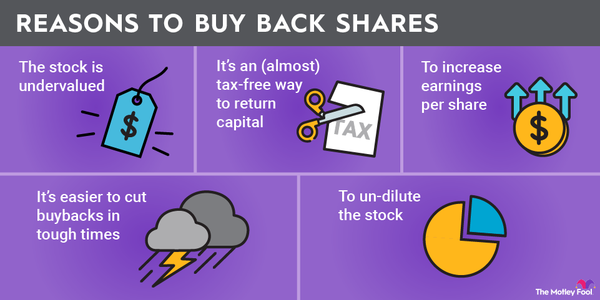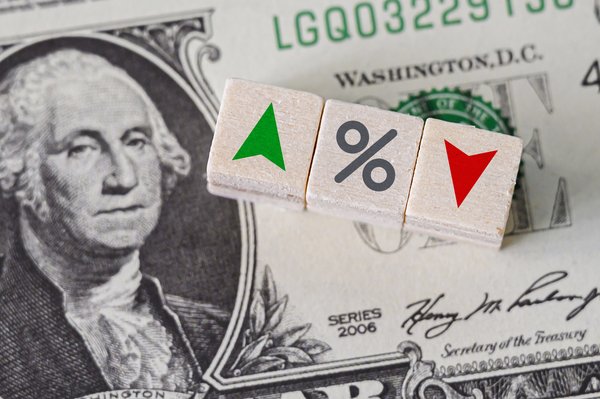If you've ever ventured into the world of technical analysis, it's possible you've come across Bollinger Bands, a tool used to define a stock's potential trading range. If a given stock price moves toward one band and away from the other, there could be a trading and/or profit opportunity.
Here we'll discuss what Bollinger Bands are, why they matter as a technical analysis tool, and how you might see them applied in everyday practice.
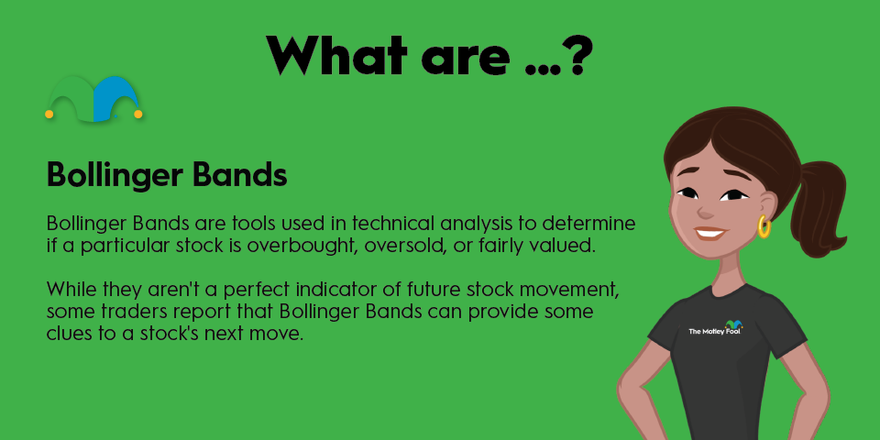
What are Bollinger Bands?
What are Bollinger Bands?
Bollinger Bands are tools used in technical analysis to determine if a particular stock is overbought, oversold, or fairly valued. While they aren't a perfect indicator of future stock movement, some traders report that Bollinger Bands can provide some clues to a stock's next move.
To develop Bollinger Bands, first select a stock you'd like to analyze. Large-cap stocks like Apple (AAPL 1.27%) and Amazon (AMZN -1.64%) tend to be easy to work with given the vast amounts of data and research available for them.
Once you've picked a stock, calculate the 20-day simple moving average (SMA). You can use the stock's closing price for the past 20 trading days. As time moves forward, the oldest trading day's closing price is replaced with the newest day's. This allows the calculation to continue in perpetuity.
From there, you'll need to calculate the standard deviation of the data set. Standard deviation measures dispersion from the mean, or how far each value sits relative to the SMA. A low standard deviation indicates more clustered values, while a higher standard deviation means the values tend to be fairly spread out.
To calculate the upper Bollinger Band, double the standard deviation and add it to the SMA. To find the lower Bollinger Band, double the standard deviation and subtract it from the SMA.
Why do Bollinger Bands matter?
Why do Bollinger Bands matter?
Bollinger Bands offer some clues, albeit imperfect ones, about a stock's future price movement. The closer a stock moves to its upper band, the more overbought it may be; the closer it moves to its lower band, the more oversold it may be.
Bollinger Bands reflect the long-standing concept of mean reversion. Periods of big dispersion are often followed by lower-dispersion periods and vice versa. Bollinger Bands can give some information about a stock's recent price tendency, which may help inform traders for positioning purposes.
Finally, Bollinger Bands can be a useful tool in studying the current price action around a particular stock. Keeping each band two standard deviations away from the 20-day SMA means that 95% of the time, the recently observed price will fall between the upper and lower Bollinger Bands.
What is a squeeze?
What is a squeeze?
A squeeze, in the context of Bollinger Bands, refers to a period of low volatility during which the upper and lower bands converge upon the simple moving average. Periods of lower volatility, by definition, are periods of low dispersion. In other words, the price tends to fluctuate closely to the simple moving average. In a squeeze, Bollinger Bands narrow.
The creator of Bollinger Bands, John Bollinger, posited that periods of high volatility often follow periods of low volatility. This means a squeeze could indicate a period of high volatility to follow, though it does not indicate the direction of the move. That's why a squeeze should be viewed in the context of the stock's total picture and isn't necessarily reliable when it comes to charting up or down moves.
Related investing topics
Do Bollinger Bands work?
Do Bollinger Bands work?
Bollinger Bands provide some information about how a stock has moved in the recent past, or at least relative to its 20-day SMA. This can be useful to traders. It's most helpful paired with other technical analysis indicators, as well as fundamental analysis conclusions about the stock in question.
Still, Bollinger Bands have a tendency to produce false signals. They shouldn't be considered a perfect indicator when it comes to predicting a stock's future moves. As with any technical analysis indicator (and on the advice of John Bollinger himself), make sure to use Bollinger Bands in conjunction with other financial and nonfinancial information.



